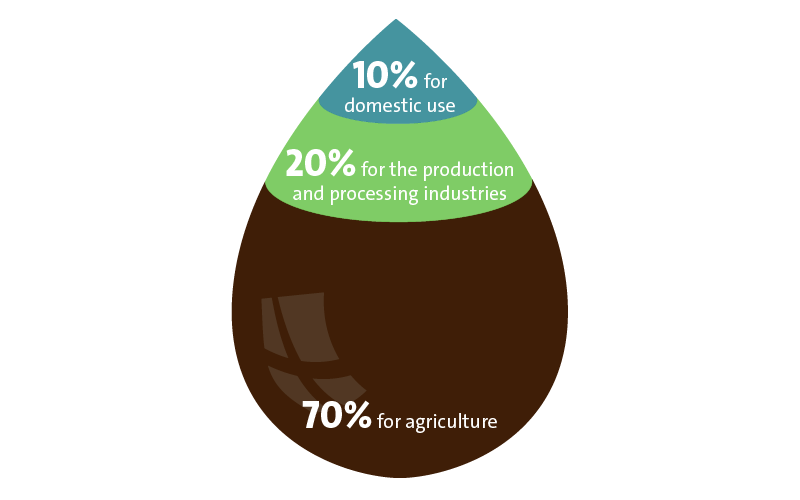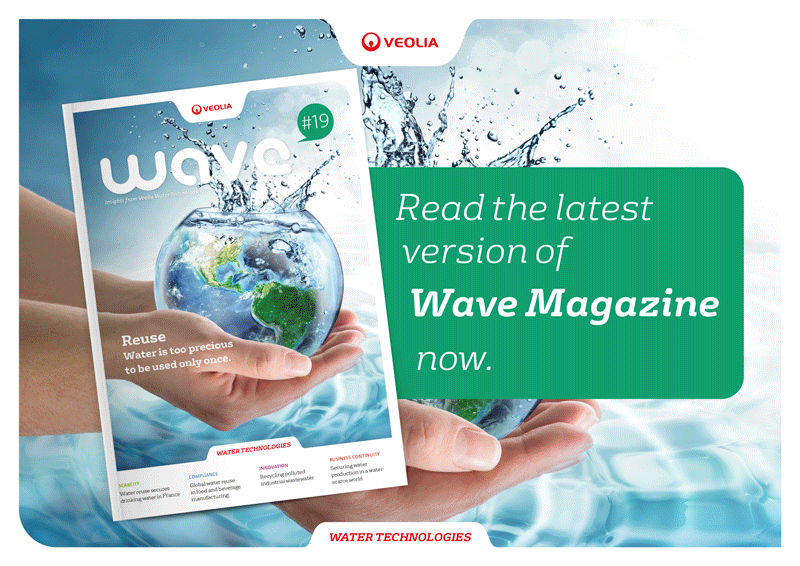Most food-related greenhouse gas emissions (GHG) are from producing food. With heightened public awareness, the food and beverage industry is under increasing pressure to better manage its resources to cut its carbon.
Following a series of Netflix documentaries, big title publications and celebrity advocates, the carbon impact of our diet has been thrust into a harsh spotlight.
Currently, food production emissions make up more than a third (37 percent) of global GHG emissions, and this fact was relatively unknown just a few years ago. However, in recent years, there has been a huge effort to call attention to the true impact our diets have on the planet, especially in relation to climate change.
In December 2019, the European Union (EU) published its updated BREF — a Best Available Techniques (BAT) Reference Document — for the food, drink and milk (FDM) industry.
The BREF features best practice measures, solutions and techniques for preventing or minimizing the environmental impacts of FDM operations and includes Associated Emission Level (AEL) standards for air, land and water that are to be implemented at each country level.
How the extracted fresh water is used
in the food production sector?

When it comes to water, the food production sector is heavily reliant, with an estimated 70 percent of all extracted freshwater used for agriculture alone. A further 20 percent is used in the production and processing industries, leaving just 10 percent for domestic use, such as drinking water.
By December 2023, the AELs — including those associated with water — must be met within a given range. Some countries may adopt more stringent limits, whilst others may consider these new limits acceptable; however, a failure to meet these AELs (or stricter country-specific limits) will result in financial penalties and/or the removal of operating licenses so action needs to be taken by companies now.
The good news is as well as challenges there are opportunities for the industry that will not only lessen their environmental impact but also make business sense. These include the recycling of water to prevent or minimize environmental impacts and damage, such as central wastewater treatment plants and central incineration or oxidation plants. This is why wastewater treatment to allow recycling and reuse is considered a preventative emission and waste solution.
In recent years, we’ve seen a mass of new adapted measures brought in by the food and beverage industry to limit their impact and water reuse is proving to be a game-changer.
An example is Aviko, one of the world's largest producers of frozen chips and part of the Dutch company Royal Cosun. During the construction of a new production plant in Poperinge, Belgium, it wanted its wastewater treatment plant to be capable of treating all organic pollutants, such as chemical oxygen demand (COD), removing nutrients such as nitrogen and phosphorus, while also recovering and reusing effluents.
They invested in Veolia's Biothane Advanced UASB anaerobic reactor as well as a two-stage anaerobic-aerobic treatment process with advanced nutrient removal. All of these processes lead to a reduction in the GHG emissions associated with their operations per year and also helped reduce operating costs by utilizing the biogas for heating the process water in production.
Next, ElPozo Alimentación, a pioneer in healthy food in the Spanish meat sector, saves more than 200,000 cubic meters of water each year.
Veolia Water Technologies Spain and ElPozo have been collaborating on several projects for almost two decades with a common objective to ensure sustainability. One of the greatest exponents is the industrial wastewater treatment plant (WWTP) of the Alhama de Murcia factory. Together, they set out on a project to optimize the conversion rate of the existing reverse osmosis plants, also provided by Veolia.
Their optimization efforts mean 48 cubic meters of water per hour are reused, which represents a significant reduction in the water footprint of the site since it no longer relies on more than 200,000 cubic meters of water per year from the public network.
A different kettle of fish is water reuse in aquaculture. Aquaculture, also known as fish farming, has expanded almost 14-fold since 1980. In fact, today, the world produces more farmed fish than beef, and demand is expected to increase upwards of 35 percent in the next 20 years — so sustainable aquaculture is paramount.
Norway’s first commercial, land-based salmon farm is underpinned by a unique grow-out solution. This technology means fish are farmed in a controlled environment with state-of-the-art recirculation technology, ensuring stable water parameters to optimize growth and safeguard survival.
Veolia Water Technologies’ RAS2020™ (Recirculating Aquaculture System) technology reuses water within the system, keeping water intake and the associated carbon footprint as low as possible. It has a flow rate of 10,000 cubic meters per hour; however, it only needs 65 cubic meters per hour of fresh water owing to the in-system treatment and recirculation. Meaning over 99 percent of the water is re-used. This creates a sustainable, resource-efficient and eco-friendly way of feeding our growing population while easing pressure on wild fish stocks and thus protecting the oceans.
These three examples are just the start of what many companies across the diverse food, drink and milk industry are working on. It is now widely known that from farm to fork, the sector can have significant negative impacts on energy consumption, water consumption, climate change, and other environmental subsystems and so businesses and brands are on the line.
The December 2023 D-Day is fast approaching and with it comes more stringent regulations across Europe to lessen the environmental impact of operations; however, let’s not forget the opportunities businesses have to strengthen themselves in the process and to improve their environmental footprint by reusing their resources.



